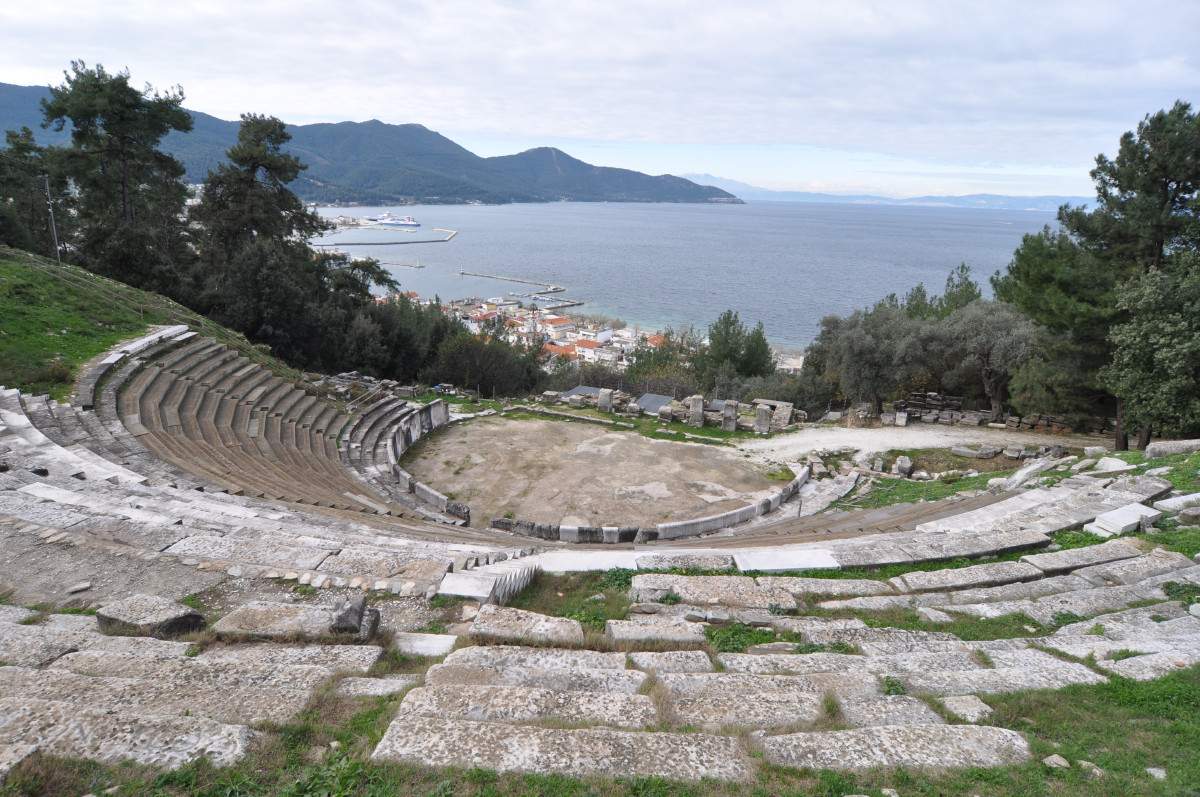Sew La Ti Embroidery:
Europe
The Berg

Italy: Basilica at Pompeii to reopen for tourists

Italy: Pompeii's 'Cave Canem' mosaic restored

Heritage: Valley of Thracian Kings keeps its secrets

Italy: Satanic symbols carved into ruins at Ostia Antica

Heritage: Byzantine bathhouse in Thessaloniki restored

Heritage: Lasers reveal mysteries of Notre Dame Cathedral

Italy: Neutron scattering helping conserve the world’s great historic monuments

Heritage: Ancient theatre of Thasos restored with local marble

Heritage: Bulgarian officials seize ancient coins at airport

Heritage: ‘Othello Tower’ in Cyprus reopens after restoration

UK: UK marks 800th anniversary of Magna Carta

Southern Europe: Sotheby’s auctions clay figurines 'from Amphipolis'

Italy: Tunnel linking gladiator school with Colosseum to be restored

Heritage: Athenian Long Walls covered with graffiti

Malta: Sheltering Malta's Tarxien Temples

UK: Detectorist finds Mercury figurine in Yorkshire

Heritage: Minoan storage jar smashed by falling tourist

Southern Europe: US returns 25 looted artefacts to Italy

Heritage: Four arrested trying to sell priceless Minoan statuette
